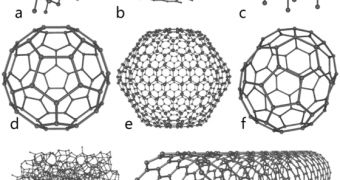The goal of carbon cycle research is to find out exactly how much carbon is being trapped in plants and on ocean floors, so as to safely say how much carbon can be emitted at any given time. But such scientific endeavors have been fruitless until now, seeing how experts couldn't measure the exact quantities of the dangerous chemicals being absorbed by plants and converted into oxygen.
Photosynthesis is the basic process of life, a process that has virtually triggered the "terraforming" of our planet, and made it suitable to sustain vegetation, water, and, later, life. What happens during this process is that the plants absorb carbon dioxide from the atmosphere, combine it with sunlight and water, and produce oxygen and food for themselves. The oxygen is then released back into the atmosphere.
Through millions of years of evolution, photosynthesis cleared our atmosphere of carbon, sulfur and other chemicals that could not sustain the development of complex life. Knowing this, scientists have been trying for a long time to establish exactly how much carbon plants take up annually, and how much oxygen they release at the same time.
Carbonyl sulfide (CS), a compound that plants consume at the same time with carbon dioxide (CO2), can now be used to measure how much carbon is taken up by plants, due to the fact that vegetation does not release any CS when it processes CO2. This means that, once trapped in plants, CS disappears and is turned into other chemicals that plants can use.
"We've always looked at the total change in CO2, but now we can look for the influence of photosynthesis on this total change. Our approach, based on the relation of carbonyl sulfide to photosynthesis, gives us this unique ability," explained UC Merced scientist Elliott Campbell, a former Carnegie postdoctoral researcher, who is also the lead author of the current study.
"The intriguing outcome of this study is that an inverse analysis of the atmospheric carbonyl sulfide measurements may be used to quantify the carbon released during plant respiration. That key missing piece has been a thorn in the side of carbon-cycle research for years," concluded Carnegie Institution's Department of Global Ecology scientist, Joe Berry, co-author of the study.

 14 DAY TRIAL //
14 DAY TRIAL //